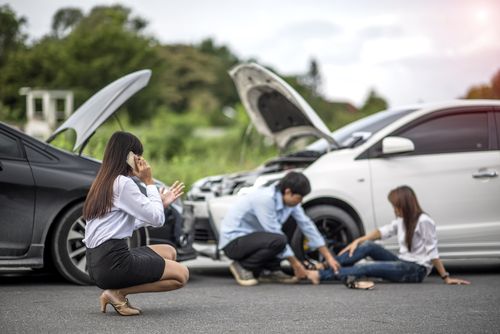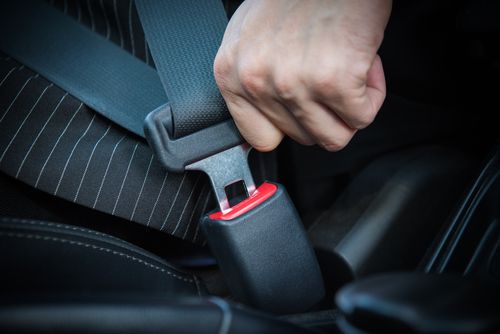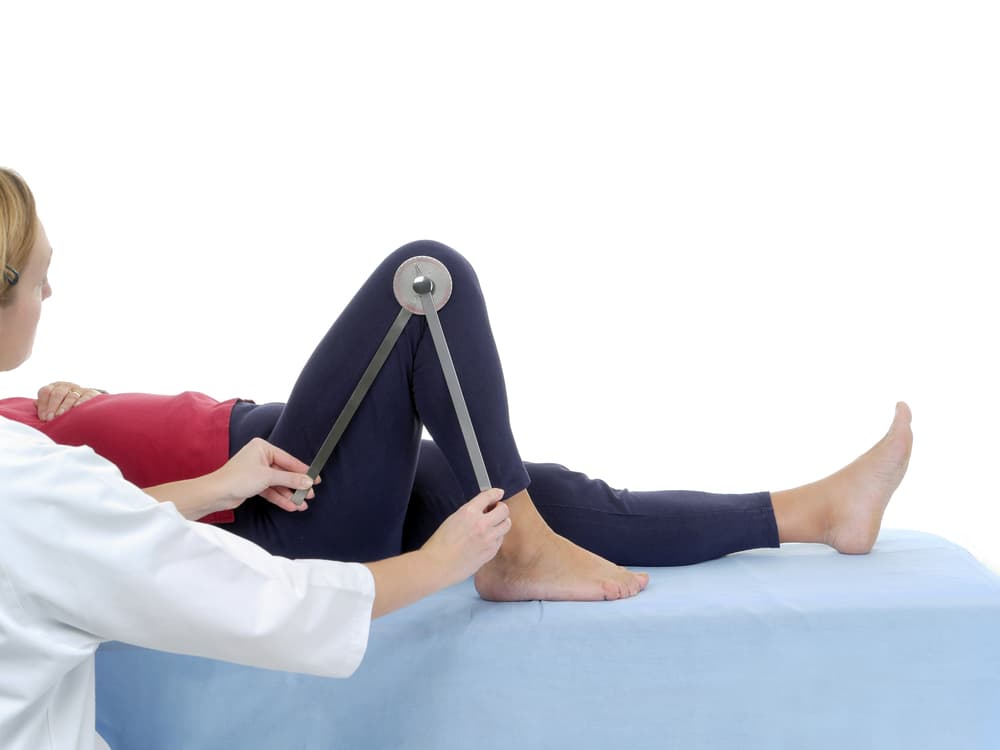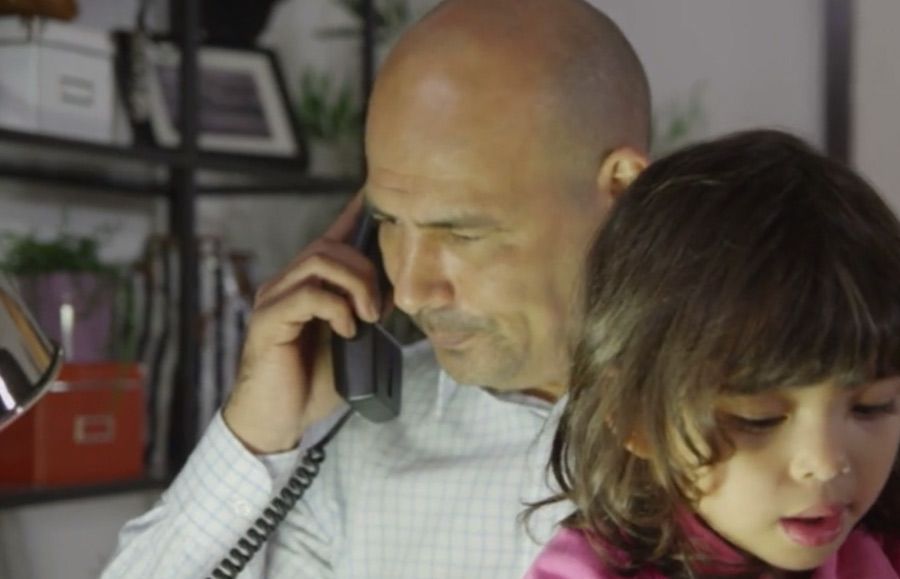
If you or a loved one has been seriously injured in a sideswipe collision caused by someone else’s negligence, an experienced Long Island car accident lawyer from Rosenberg and Gluck, L.L.P., can provide the counsel you need to understand your legal options to seek compensation for your injuries.
- What Is a Sideswipe Collision?
- Are Sideswipe Collisions Dangerous?
- What Should I Do After a Sideswipe Collision?
- What Are the Most Common Causes of Sideswipe Accidents?
- Who May Be Held Liable for a Sideswipe Collision in New York?
- Can I Receive Compensation If I’m Partly to Blame for a Sideswipe Collision in New York?
- What Compensation Could I Receive for My Accident?
- How Long Do I Have to File a Claim in New York?
For a free legal consultation, call 516-451-7900
What Is a Sideswipe Collision?
In a sideswipe collision, two vehicles traveling side by side make contact. This can happen when one driver makes an unsafe lane change without checking their blind spot, or if both the vehicles involved are trying to occupy the same lane at the same time. A sideswipe accident can also involve a parked car or on narrow roads where there isn’t enough space for two vehicles to pass each other safely and one vehicle sideswipes another vehicle.
Are Sideswipe Collisions Dangerous?
Yes, a sideswipe car accident, especially at high speeds on expressways and highways, can be dangerous. The force of impact and the weight of the vehicles can cause serious injuries like whiplash, broken bones, internal bleeding, spinal injuries, and even death.
What Should I Do After a Sideswipe Collision?
- Check for Injuries – Assess yourself and others for injuries; call 911 if necessary.
- Move to Safety – If possible, move to a safe location away from traffic.
- Call the Police – Report the accident immediately to ensure an official police report is made.
- Exchange Information – Swap contact and insurance details with the other driver involved.
- Document the Scene – Take photos of the vehicles, damages, and surrounding area for evidence.
- Contact an Attorney – Seek legal advice from a car accident lawyer.
Click to contact our personal injury lawyers today
What Are the Most Common Causes of Sideswipe Accidents?
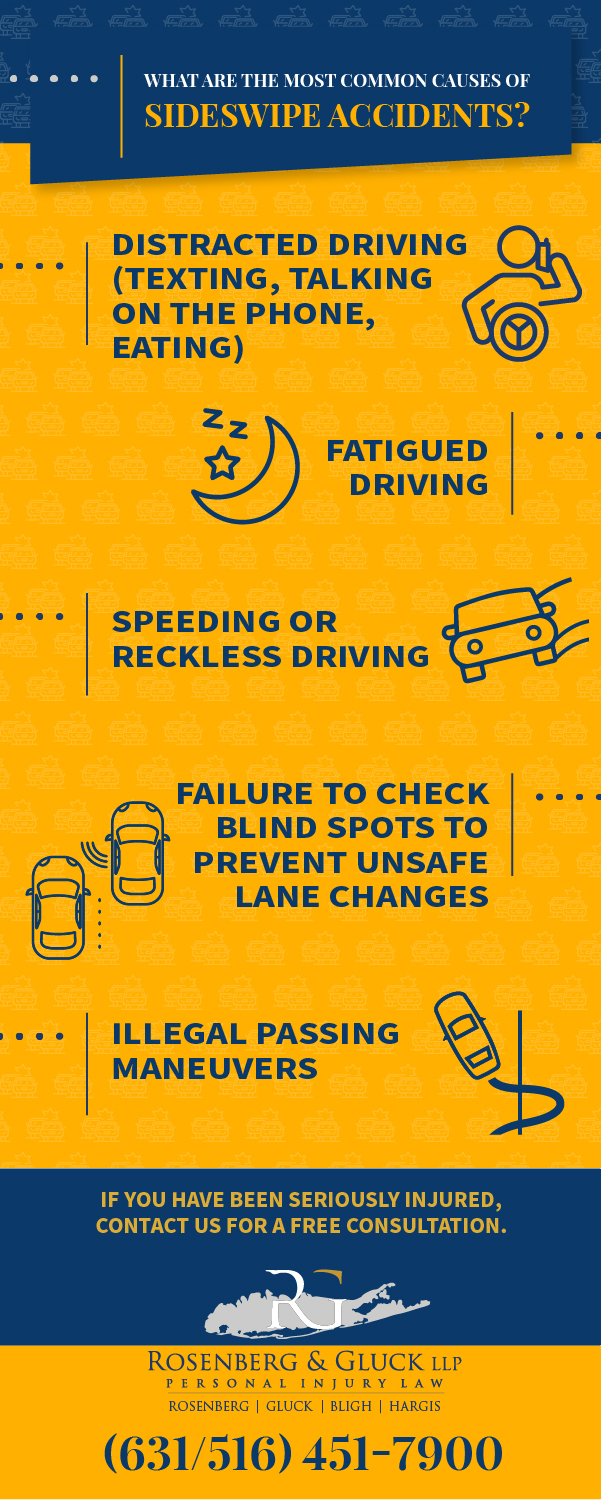
- Distracted driving (texting, talking on the phone, eating)
- Fatigued driving
- Speeding or reckless driving
- Failure to check blind spots to prevent unsafe lane changes
- Illegal passing maneuvers
Who May Be Held Liable for a Sideswipe Collision in New York?
New York is a no-fault state for car accidents, which means that drivers are required to carry no-fault insurance that covers up to $50,000 for medical bills, lost income, death benefits, and other incidental expenses related to the crash. When damages exceed insurance limits or injuries rise to the threshold level required, a crash victim may pursue a personal injury lawsuit against the negligent party.
The party responsible for causing injury in a sideswipe collision due to driver negligence, such as distraction, recklessness, or not following traffic laws, may be liable—for example, if a taxi sideswiped you while changing lanes.
Sometimes, fault may be shared if both drivers were distracted or driving unsafely.
Can I Receive Compensation If I’m Partly to Blame for a Sideswipe Collision in New York?
Under New York Law and the comparative negligence rule, you can still receive compensation even if you are partially at fault for the accident. Your compensation will be reduced by your percentage of fault.
Complete a Free Case Evaluation form now
What Compensation Could I Receive for My Accident?
You may be entitled to compensation for:
- Medical expenses (current and future)
- Lost wages and loss of earning capacity
- Pain and suffering
- Property damage
How Long Do I Have to File a Claim in New York?
In New York, the statute of limitations for filing a car accident claim is generally three years from the date of the accident. However, there are some circumstances, such as bringing a claim against a municipality, that can significantly shorten this time period. In fact, you could have as little as 90 days to act.
Get Help Today
If you or a loved one have been injured in a sideswipe accident, call Rosenberg & Gluck, L.L.P. today.
